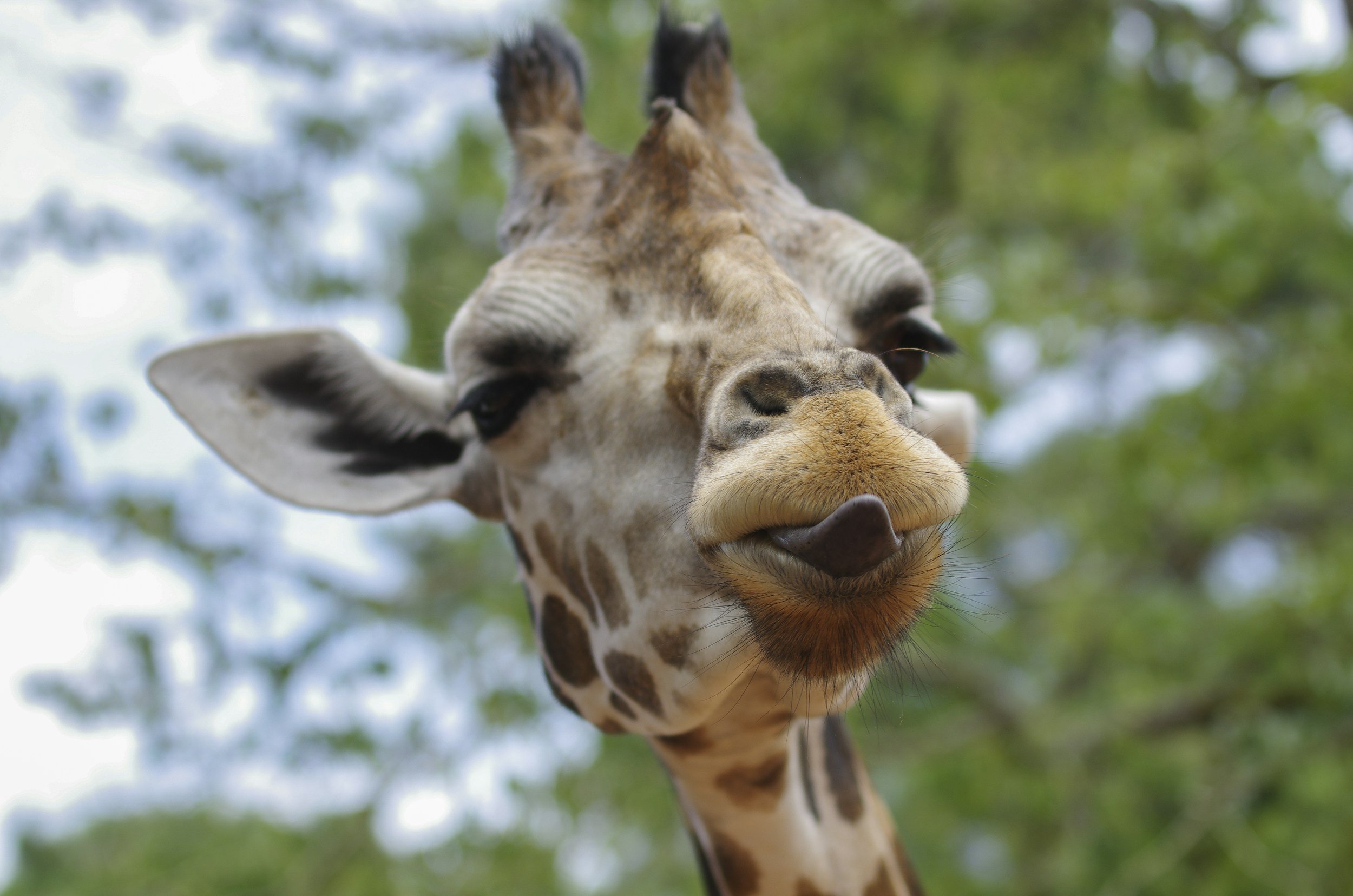
Automated 3D computer vision model offers a new tool to measure and understand dairy cow behavior and welfare
Dairy cows typically rest for 10 or more hours a day, so a dry, clean, and comfortable place—such as a freestall—to lie down and rest is essential for their health, well-being, and production performance. One key factor in whether stalls are comfortable for cows is the ease with which they can get up and down, so it is common on farms for staff to watch for abnormal rising behaviors as part of standard welfare management. In a new study in the Journal of Dairy Science,published by Elsevier, a Swedish team, in collaboration with Sony Nordic, introduced a new automated model that accurately detects posture transitions in dairy cows. This innovative approach using 3-dimensional (3D) pose estimation offers valuable, unbiased insights into animal welfare and could offer a less time-consuming and more consistent assessment tool for researchers and farmers alike.

Exploring new approaches to combat bovine respiratory disease
It’s commonly known in the cattle industry that bovine respiratory disease is the most costly illness affecting cattle in North America.
Despite extensive research and treatment efforts over the years, it continues to lead to high rates of sickness and death among livestock, according to Samantha Howe, a post-doctoral fellow for the Arkansas Agricultural Experiment Station in the animal science department. The experiment station is the research arm of the University of Arkansas System Division of Agriculture.

Giraffes in Crisis: U.S. Proposes Federal Protections to Save the Tallest Mammals on Earth
The U.S. Fish and Wildlife Service has proposed endangered and threatened listings for several giraffe species to combat declining populations caused by poaching, habitat loss, and climate change. Learn about the critical steps being taken to protect these iconic animals and foster global conservation efforts.

Purdue University Launches Groundbreaking Immunotherapy Trial for Canine Bladder Cancer
Purdue University College of Veterinary Medicine, in collaboration with Akston Biosciences Corporation, has initiated a clinical trial to evaluate a novel immunotherapy for dogs with urinary bladder cancer. The trial focuses on an innovative anti-cPD-L1 monoclonal antibody (mAb), a therapeutic approach designed to block the cPD-L1 protein found on cancer cells. By inhibiting this protein, the immunotherapy aims to enhance the dog's immune response, improving cancer control and potentially extending life expectancy.

Could Michigan's Pets Get Vet Care Without Leaving Home? A New Bill Sparks Debate
A new bill in Michigan could change the way veterinary care is delivered, sparking a conversation about the balance between innovation and traditional practices in animal healthcare. House Bill 4980, introduced by Rep. Laurie Pohutsky (D-Livonia), proposes expanding veterinary telemedicine by removing the requirement for pets to have an in-person examination before accessing virtual care.

Exciting Updates for the 2025-2026 NAVLE Testing Cycle: Everything You Need to Know
Future veterinarians, take note! The North American Veterinary Licensing Examination (NAVLE) is introducing new testing dates and deadlines for the 2025-2026 cycle, offering greater flexibility and preparation opportunities for exam takers. With three distinct testing periods and corresponding application deadlines, here's everything you need to know to stay ahead.

